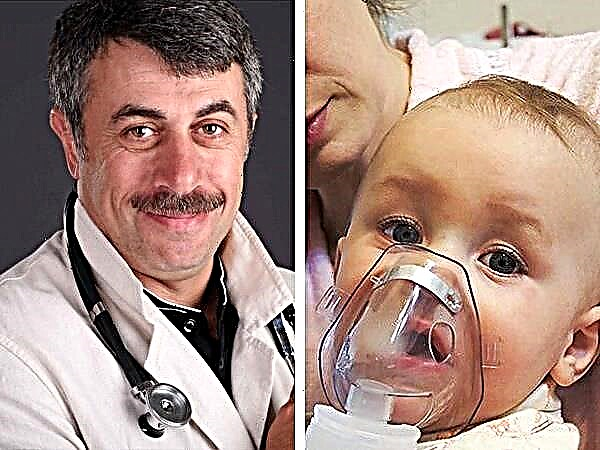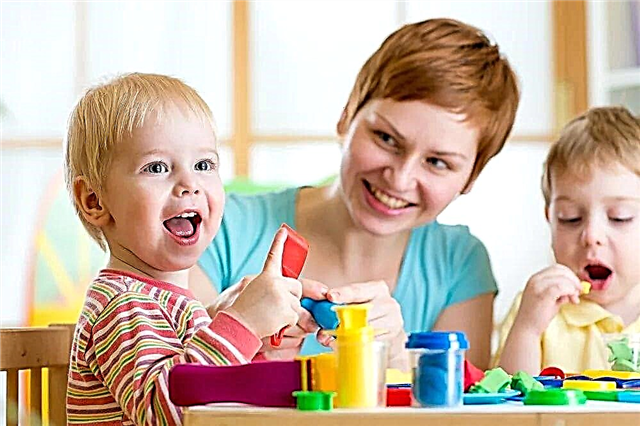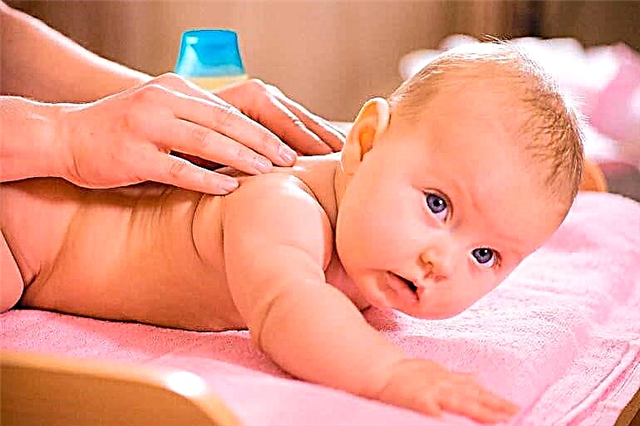
Pasta often appears on the table of our compatriots, because they are quickly prepared and combined with many other products. Pasta can be used to prepare a delicious lunch or dinner dish in just a few minutes by adding cheese, vegetables, eggs, meat and other ingredients. And therefore, when a small child grows up in the family and begins to try food from the common table, mothers are interested in at what age it is permissible to introduce pasta into the toddler's menu and how to cook them for the child so as not to harm the baby's health.

The benefits of pasta
- Pasta contains a lot of carbohydrates, which give children the energy to develop fully. Also, pasta is a source of amino acids, some of which are irreplaceable.
- The composition of pasta contains B vitamins, as well as minerals such as calcium, phosphorus and potassium.
- Most kids like the taste of pasta, so dishes made from them will help mothers in a situation when the child's appetite is impaired or the baby is not gaining weight well. Egg pasta is especially useful in this regard and nutritious.
- If a child does not like some products, in combination with pasta, he may not refuse them, for example, from cottage cheese, if it is added to the noodle maker.
- Pasta can be included in the diarrhea diet as it has some strengthening effect. Usually, in case of disorder, vermicelli is added to the soup, and as a side dish, they are offered no more than 1 time a day.
- Pasta is very diverse in its composition. If earlier it was possible to purchase only pasta, the main ingredient of which is wheat flour, now supermarkets offer buckwheat, rice and other types of pasta.
- Thanks to its dense texture, pasta dishes will stimulate chewing and help you move from mashed dishes to food in chunks.

Harm and contraindications
- In the presence of gluten intolerance, wheat pasta is contraindicated for children. All doctors warn about this, including Dr. Komarovsky.
- Since pasta is a high-calorie food, it should not be given too often to overweight children. With excess weight, the portion of pasta is reduced and such a product is given no more than 1 time per week.
- Due to the high content of carbohydrates, pasta is limited in the diet of children with diabetes.
- Pasta is undesirable in the diet of babies who have a tendency to constipation.
- It is not recommended to give instant noodles to children, since a significant part of the nutrients in this product is lost during manufacturing.

At what age to give pasta
In the departments of children's food stores, you can now find pasta intended for toddlers up to one year old. They differ from traditional pasta in their smaller size and greater softness after boiling, so they are easier for babies to chew and swallow. You can try such baby pasta from 8-9 months. From 10-11 months, they can be added to the soup that is fed to the baby in one of the daily feedings.
But pasta, which adult family members also eat, are advised to be given to children no earlier than a year. It is best to treat a child with such pasta from 1.5-2 years of age, when the baby already has enough teeth for thoroughly chewing pasta dishes.

How to introduce into the diet
If a child is trying baby pasta for the first time, a small amount of a new product is enough, for example, one teaspoon. It is best to cook pasta for the baby in the morning so that during the day you can track a possible negative reaction to the new dish. If the crumb has tolerated pasta well, their quantity can be increased by offering such a product up to two or three times a week. If an allergy appears to pasta, they are excluded from the child's diet.

How to choose pasta for children
If pasta is chosen for a child under one year old, they must be marked with the recommended age of consumption. Such pasta is produced by Hines, Semper, Bebivita and others. Their assortment includes not only dry pasta, but also with sauce.
As for traditional pasta, which adults also eat, then for baby food, you should buy pasta made from durum wheat. Regular white flour pasta will stick together when cooked and become very boiled. So look for information on the composition of the product on the pack, paying enough attention to it.
Now in many stores you can find colored pasta for children. The packaging of such products contains pasta of green, yellow or red color.
The flavor of this pasta comes from natural colors such as spinach juice or beetroot juice. So you can safely buy and cook colored pasta for your child, surprising the kid with the unusual color of a traditional dish.
Another popular version of children's pasta is represented by figurines. To make it more interesting for the child to eat them, pasta is produced in the form of transport, letters, stars, shells, animals. Most children like these products and are most often used for soups.

How to cook pasta for a child
Children under 2 years of age are advised to give pasta as a separate dish (without meat or fish), dressing them after cooking with butter or vegetable oil. The cooking time should be checked on the package, but try not to overcook the pasta. Ideally, they should be fairly soft but still firm.
The process of making pasta for a child is usually as follows:
- Take a large saucepan and fill it three-quarters with water.
- After boiling water, add salt to it, and then dip spaghetti, noodles or other pasta in boiling water.
- To avoid flooding the stove with water, do not cover the pasta with a lid.
- Stir the pasta every 2-3 minutes.
- You can try pasta to make sure the product is ready.
- After throwing them in a colander and waiting for all the water to drain, return the pasta to the pan and add oil or sauce to them.

Small pasta can be included in recipes for kids' soups, such as adding noodles to chicken soup or giving your child milk noodles soup. For children over 2 years old, pasta can be cooked with cheese, with an omelette or with boiled meat (children's version of naval pasta).
Also, many children like to eat boiled pasta and sausages. This combination is allowed from 2 years of age, provided that the sausages are low-fat. A child should cook pasta dishes with minced meat after 3 years.
Sauce or gravy helps to diversify boiled pasta, and a sweet version of the dish will turn out when adding pasta with honey or jam. Many kids also like a casserole in which pasta is mixed with cottage cheese.
Pasta recipes for kids
Noodles with cottage cheese (from 2 years old)
Boil 100 g of noodles and discard in a colander. Rub 100 g of cottage cheese through a sieve, combine with noodles, add one raw egg, sugar and salt to taste, then stir. Put the mass in a greased form, smooth and grease its surface with sour cream. Bake in the oven until tender.

Pasta with egg and cheese (from 2.5 years old)
Boil 50 g pasta in salted water until half cooked, and then discard in a colander. Beat 1 egg and 100 ml of milk, add 10 g of grated cheese, stir and pour over the resulting mixture of pasta. Place the mass in an ovenproof dish, sprinkle with a little grated cheese on top and bake in the oven for 10 minutes.

Vermicelli fritters with apple (from 3 years old)
Boil 100 g of vermicelli until tender and cool slightly. Peel a large apple and grate it on a fine grater. Combine boiled noodles and grated apple, add one egg and a spoonful of sugar. After mixing the mass thoroughly, put it with a spoon in the pan and fry on both sides until tender. In this recipe, the apple can be replaced with dried fruits steamed in boiling water - raisins, prunes or dried apricots.

Pasta with mushrooms and veal
For older children, we offer a dish from the piggy bank of Dr. Komarovsky's recipes. See the following video for the cooking method.
See below for more details.
Find out if your child's weight is normal using the following calculator.



